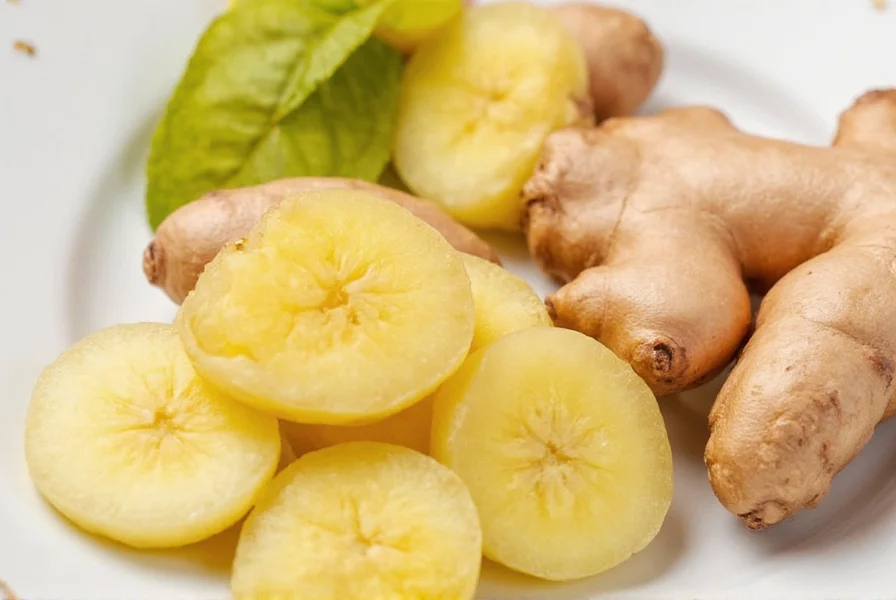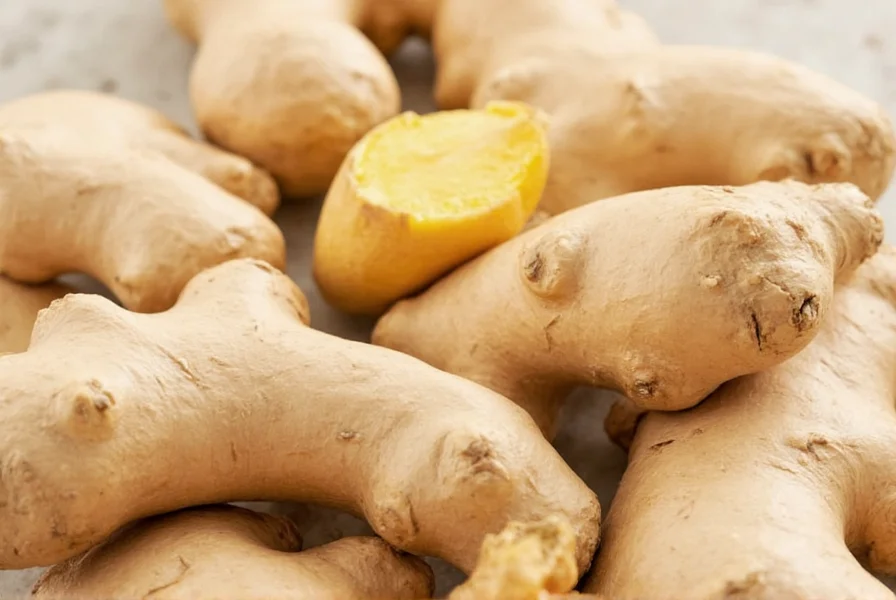When people ask what is a ginger, they're typically seeking clarification about either the popular spice root or the distinctive hair color. Understanding both meanings prevents confusion and provides valuable context about this versatile term.
The Ginger Plant: Nature's Medicinal Spice
Ginger (Zingiber officinale) belongs to the Zingiberaceae family, which includes turmeric and cardamom. This tropical perennial plant grows 2-3 feet tall with narrow green leaves and yellow-green flowers. The part we commonly call ginger
is actually the rhizome—often mistakenly called a root—which grows horizontally beneath the soil.
Native to Southeast Asia, ginger has been cultivated for millennia. Ancient Chinese and Indian medical texts document its use for digestive issues, inflammation, and nausea. By the 1st century CE, ginger had reached the Mediterranean via spice routes, becoming so valuable that a pound of ginger once cost as much as a sheep in medieval Europe.
Botanical Characteristics of Ginger
| Characteristic | Description |
|---|---|
| Scientific Name | Zingiber officinale |
| Plant Type | Perennial herbaceous plant |
| Rhizome Color | Pale yellow to light brown skin with yellow/orange flesh |
| Flavor Profile | Pungent, spicy, slightly sweet with citrus notes |
| Primary Growing Regions | India, China, Nigeria, Thailand, Indonesia |
Culinary Applications of Ginger
Chefs worldwide value ginger for its complex flavor profile that transforms dishes. In Asian cuisine, fresh ginger appears in stir-fries, soups, and marinades. The Japanese pickle it as gari to accompany sushi. In Caribbean cooking, ginger features prominently in jerk seasonings and beverages. European bakers use dried ginger in speculoos, gingerbread, and seasonal cookies.
Understanding what is ginger root reveals why it's irreplaceable in many recipes. Its volatile oils—particularly gingerol—provide that distinctive spicy warmth that dried ginger powder cannot fully replicate. For optimal flavor, cooks recommend using fresh ginger within two weeks of purchase, stored in a paper bag in the refrigerator.

Medicinal Properties and Health Benefits
Modern research validates many traditional uses of ginger. Studies show ginger effectively reduces nausea from pregnancy, chemotherapy, and motion sickness. Its anti-inflammatory compounds may alleviate osteoarthritis pain and muscle soreness. The active component gingerol demonstrates antioxidant properties that support cardiovascular health.
When exploring what is ginger from a health perspective, note that fresh ginger contains higher concentrations of gingerol than dried forms. Consuming 1-3 grams daily (about 1/4 to 1 teaspoon of fresh grated ginger) provides therapeutic benefits without adverse effects for most people. However, those on blood thinners should consult doctors before consuming medicinal amounts.
Ginger as a Hair Color Descriptor
The term ginger for red hair emerged in the 19th century, drawing comparison to the spice's warm orange hue. This usage became particularly common in the UK and Ireland, where natural red hair occurs in 4-6% of the population—higher than anywhere else globally.
Red hair results from a mutation in the MC1R gene that produces pheomelanin instead of eumelanin. People with this trait often have fair skin, light eyes, and freckles. Despite stereotypes, what is ginger in terms of hair color has no biological connection to the spice—it's purely descriptive of the similar reddish-orange shade.
Common Misconceptions About Ginger
Several myths persist about both meanings of ginger. Many believe what is ginger limited to the fresh root, but ginger appears in various forms: dried powder, preserved in syrup, crystallized, pickled, and as an essential oil. Each form serves different culinary and medicinal purposes.
Another misconception: all ginger products offer identical health benefits. In reality, processing methods significantly affect potency. Fresh ginger contains gingerol, while dried ginger converts this to shogaol, which has different therapeutic properties. Understanding these distinctions helps consumers select the right ginger form for their needs.
Practical Uses and Selection Tips
When shopping for fresh ginger, look for firm, smooth rhizomes with taut skin. Avoid those with wrinkles, soft spots, or mold. Store unpeeled ginger in the refrigerator for up to three weeks, or freeze it for longer preservation. To peel ginger efficiently, use the edge of a spoon to scrape off the thin skin without wasting flesh.
For culinary applications, grate ginger finely for even distribution in sauces and marinades. When making tea, slice ginger thinly to maximize surface area. Remember that 1 tablespoon of freshly grated ginger equals approximately 1/4 teaspoon of ground ginger, though flavor intensity varies between fresh and dried forms.
Global Cultural Significance
Ginger's cultural importance spans continents. In China, it symbolizes warmth and vitality, often served pickled to aid digestion. Indian Ayurvedic medicine uses ginger as a universal remedy. In West Africa, ginger features in ceremonial drinks. Hawaiian tradition includes ginger in lei-making. These diverse applications demonstrate why understanding what is ginger extends beyond simple definition to cultural appreciation.
FAQ
What is the difference between ginger the spice and ginger hair?
Ginger the spice refers to the rhizome of Zingiber officinale, used for culinary and medicinal purposes. Ginger hair describes a natural reddish-orange hair color resulting from MC1R gene variation. The term for hair color comes from the visual similarity to the spice's hue.
Is ginger a root or stem?
Ginger is technically a rhizome, which is a modified underground stem, not a true root. Rhizomes grow horizontally beneath the soil and produce roots and shoots from their nodes. This distinguishes ginger from taproots like carrots or tubers like potatoes.
What are the main health benefits of ginger?
Ginger effectively reduces nausea from various causes, decreases muscle pain and soreness, lowers blood sugar levels, and reduces markers of inflammation. Its active compounds gingerol and shogaol provide antioxidant and anti-inflammatory effects that support digestive and cardiovascular health.
Why is red hair called ginger?
The term 'ginger' for red hair originated in 19th century Britain, comparing the reddish-orange hair color to the similar hue of the ginger spice. This usage became particularly common in the UK and Ireland, where natural red hair occurs most frequently worldwide.
Can you eat raw ginger?
Yes, fresh ginger can be eaten raw and is commonly used this way in many cuisines. Raw ginger has a spicy, pungent flavor that mellows when cooked. Consuming small amounts raw provides maximum health benefits, though some people may experience heartburn or stomach upset with larger quantities.











 浙公网安备
33010002000092号
浙公网安备
33010002000092号 浙B2-20120091-4
浙B2-20120091-4